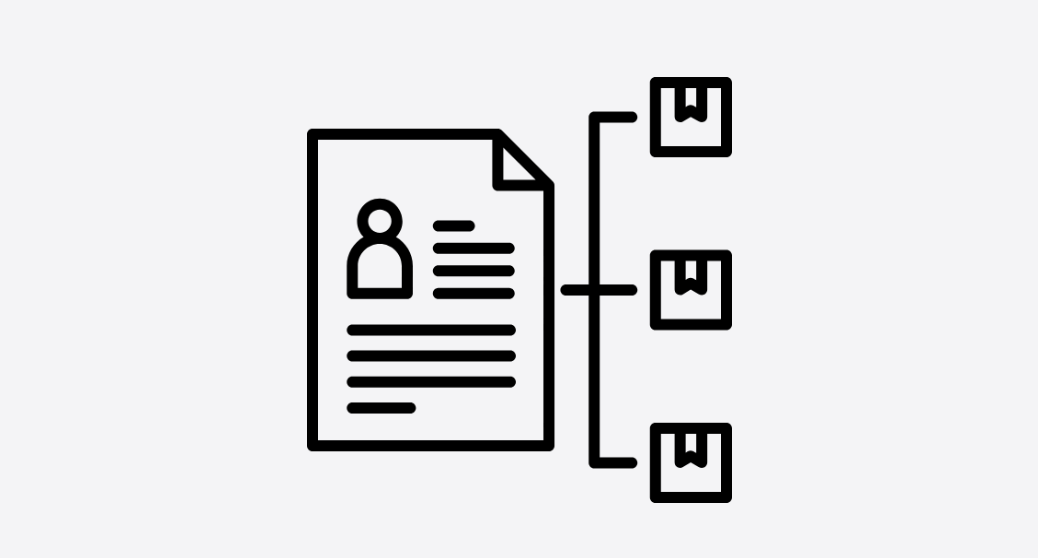
User-Story Mapping: Building a Lean MVP with Evidence-Based Design
In today's fast-paced digital product landscape, adopting a "light" approach is essential. Lean UX and Lean Startup frameworks foster rapid iteration and continuous feedback, allowing teams to develop Minimum Viable Products (MVPs) efficiently and effectively. One of the key techniques driving this agile process is user-story mapping.
What Is User-Story Mapping?
User-story mapping—sometimes called story maps or simply story mapping—is a Lean UX method often embraced by Agile teams. It involves using sticky notes and sketches to visually outline the sequence of interactions users go through to complete their goals within a digital product. This approach not only helps teams capture the complete user journey but also prioritizes work according to what delivers the most value with the least overhead.
Applying User-Story Mapping to Our MVP
For our MVP, we followed a lean approach to validate an innovative product, SumBuddy, designed for recruiter management and user engagement. By mapping out the user experience, we could quickly identify key user actions and ensure our design decisions were grounded in real-world evidence. Here’s how we structured our process:
1. Recruiter Management
- Login:
- As Ralph, when I need to do something in SumBuddy, I want to log in using my email and password so that I can access my account.
- Password Reset: Similarly, when I can’t remember my password, I want to reset it to regain access.
- Referral Campaign Management:
- Campaign Initiation: For instance, when Ralph needs to find new employees, he emails his spreadsheets to a salesperson to kickstart the referral process.
- Campaign Operation: User stories also capture actions like uploading spreadsheets with cell phone numbers to begin the enterprise resource planning (ERP) process, ending campaigns via a dedicated dashboard, and scheduling reminders—whether weekly, biweekly, or monthly—to ensure continuous engagement.
- Data Analytics:
- As Ralph monitors the status of the referrals, he can verify that the company is receiving value for their investment.
2. Worker Management
- Opt In/Out to ERP:
- As Wanda, when receiving an invitation to join a referral program, she opts in to earn rewards, help friends get hired, and work with people she knows.
- Conversely, if she decides the rewards are not for her, she can easily opt out.
- Referral Status & Reward History:
- Wanda’s experience is mapped out further by detailing how she checks referral statuses and reviews her reward history via her dashboard.
3. Candidate Management
- Receiving Referral Links:
- As Candace, receiving a referral link from a friend prompts her to apply, benefiting both her and her friend through shared rewards.
4. Admin Functionality
- User Management & Data Analytics:
- As Andy, upon the registration of a new customer, he adds them to our database, connects demo scheduling with our sales team, and ensures that any violation of our Terms of Service can result in revoked access.
- Additionally, Andy analyzes collected data for patterns that help refine and improve the product continuously.
The Benefits of a Light, Lean Approach
By embracing Lean UX and Lean Startup methodologies in our development process, we maintained a nimble, evidence-based approach that minimized unnecessary work. The user-story mapping technique allowed us to visualize and prioritize the essential features in our MVP without overcomplicating the design. This light approach—focused on gathering test data, leveraging expert opinions, and aligning with best practices—ensured that every decision had a clear, validated rationale. Moreover, it enabled our team to iterate rapidly, respond to real user feedback, and ultimately create a product that resonates with the end-user.
The MVP for SumBuddy stands as a tangible example of how intertwining structured research with agile, lean frameworks not only streamlines design but directly addresses user needs in a measurable way. Whether you're fine-tuning a referral campaign or building a comprehensive user analytics dashboard, this integrated method keeps innovation lean, agile, and user-centric.
Post a comment